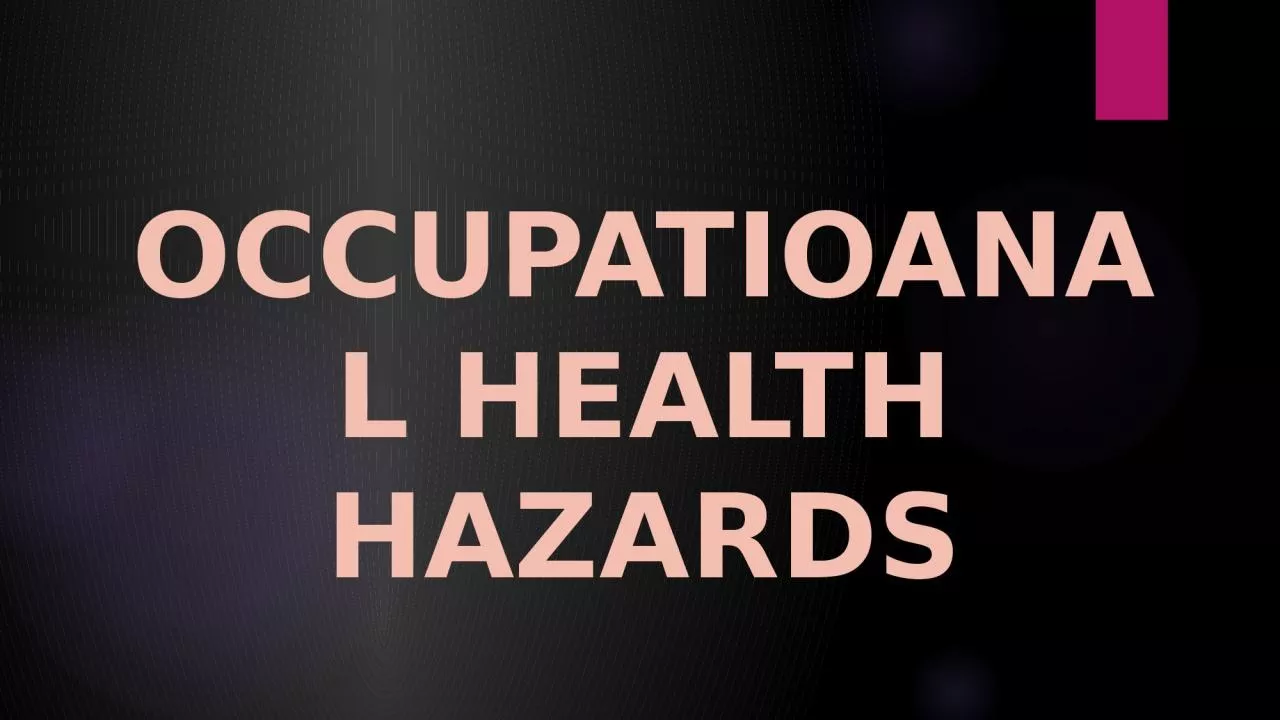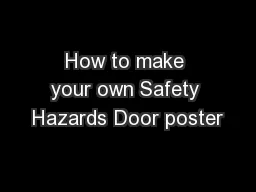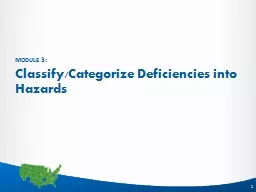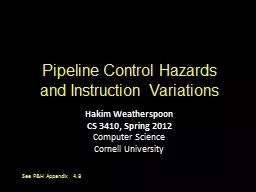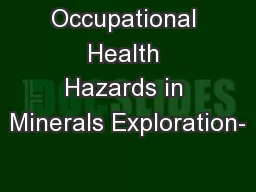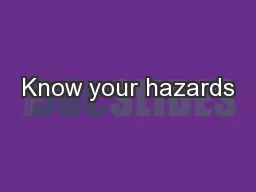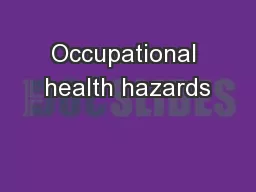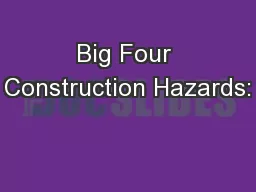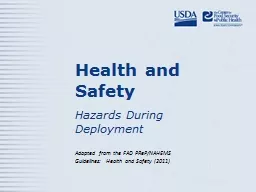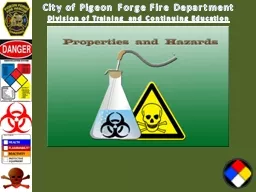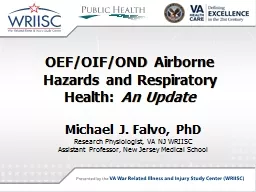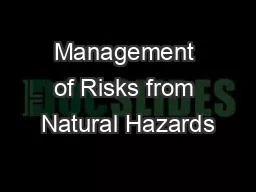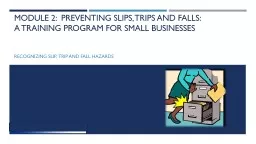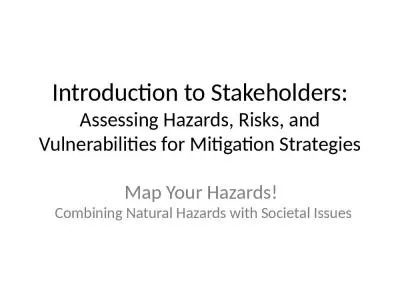PPT-OCCUPATIOANAL HEALTH HAZARDS
Author : skylar | Published Date : 2024-02-09
Occupational Health Refers to the potential risks to health and safety for those who work outside the home Hazard Something that can cause harm if not controlled
Presentation Embed Code
Download Presentation
Download Presentation The PPT/PDF document "OCCUPATIOANAL HEALTH HAZARDS" is the property of its rightful owner. Permission is granted to download and print the materials on this website for personal, non-commercial use only, and to display it on your personal computer provided you do not modify the materials and that you retain all copyright notices contained in the materials. By downloading content from our website, you accept the terms of this agreement.
OCCUPATIOANAL HEALTH HAZARDS: Transcript
Download Rules Of Document
"OCCUPATIOANAL HEALTH HAZARDS"The content belongs to its owner. You may download and print it for personal use, without modification, and keep all copyright notices. By downloading, you agree to these terms.
Related Documents

